This post is part of the series Race for the Senate 2018.
 Americans head to the polls on Tuesday, and in 13 states, they will find competitive Senate races waiting for them. Over the past week, FixGov has featured analyses of ten of these races, each written by political scientists with particular expertise in the politics of the state. Based on their analyses, here are five major things to know ahead of Election Day:
Americans head to the polls on Tuesday, and in 13 states, they will find competitive Senate races waiting for them. Over the past week, FixGov has featured analyses of ten of these races, each written by political scientists with particular expertise in the politics of the state. Based on their analyses, here are five major things to know ahead of Election Day:
1. It’s health care, stupid.
If James Carville were to re-write his famous 1992 quip about the economy for Democratic candidates in 2018, the races we’ve profiled—along with other evidence, like advertising data from the Wesleyan Media Project—suggest he’d make it about health care. It’s one of the most important issues in races like West Virginia and Florida. In Nevada, incumbent Republican senator Dean Heller has been vulnerable to attacks over the evolution of his position on repealing Obamacare, while in Missouri, Republican challenger Josh Hawley has been criticized for backing a lawsuit that would overturn the landmark law.
2. The president looms large.
President Trump may not be on the ballot himself this year, but our analyses suggest he’s playing a large role in several competitive Senate contests. Our profiles of the races in West Virginia, Florida, Tennessee, Montana, and Arizona all emphasize the ways in which the contest has been shaped by the president, his rhetoric, and, in some cases, campaign appearances in the state. In some races, like Missouri and Nevada, the Republican candidates’ position on President Trump has evolved over time, from less enthusiastic to more as the election has approached.
3. Politics may be increasingly nationalized, but local factors can matter.
Political science research has shown that American politics are increasingly nationalized, but local factors can also affect what happens in a given race. In some cases, the localized dynamics involve issues; in Missouri and Indiana, for example, President Trump’s tariff policy has become salient because farmers in those states have been hit especially hard by the Chinese backlash to it. In other states, like Montana and West Virginia, the Republican candidates have had to face criticism for being outsiders who are not originally from the state they’re campaigning to represent.
4. Senate races don’t stand alone.
Our profiles also demonstrate how Senate contests can affect, and be affected by, the broader political environment within a given state. In Florida, for example, incumbent Democratic senator Bill Nelson’s re-election chances may be connected to those of Democratic gubernatorial candidate Andrew Gillum. In Texas, meanwhile, Beto O’Rourke’s surprisingly strong candidacy may be as important as an act of Democratic party-building as anything else. In Nevada, a broader narrative about the “Californication” of the state has spilled over into the Senate race. And in Arizona, an issue unrelated to national politics—state education funding—may affect turnout and voter choice up and down the ballot, including in the Senate contest.
5. Money can help mold a message.
The 2018 midterms stand to set a record for the most expensive midterm election ever. In several competitive Senate races, some of this money has been spent on ads meant to define the candidates’ ideological positions. In Indiana, for example, incumbent Democrat Joe Donnelly’s ads have emphasized his identity as a moderate, while in Tennessee, ads in opposition to Democrat Phil Bredesen have sought to tie the popular, moderate former governor to more liberal national figures within the party.
Tuesday will tell us how each of these races ultimately ends, but these lessons and others from this year’s edition of FixGov’s Race for the Senate series will help us understand which issues and campaign tactics got voters to the polls and affected their decisions once they got there.
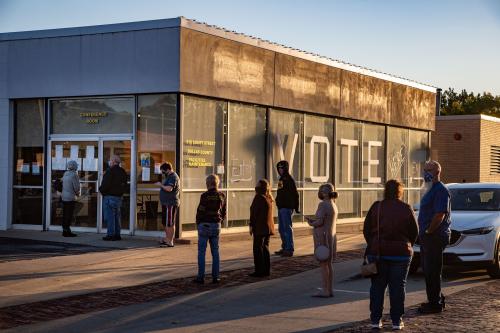
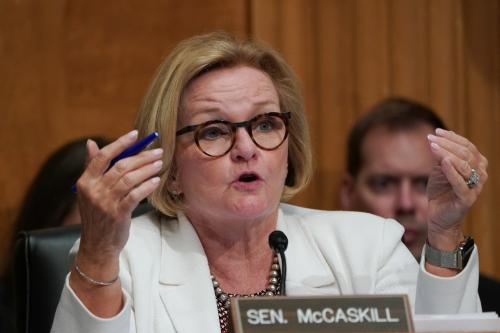
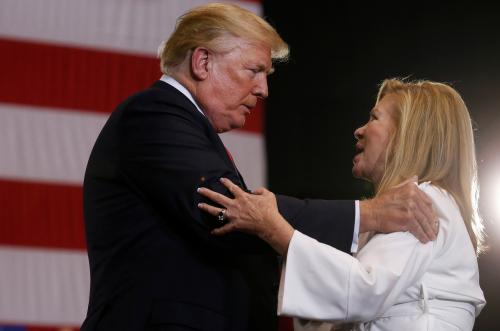

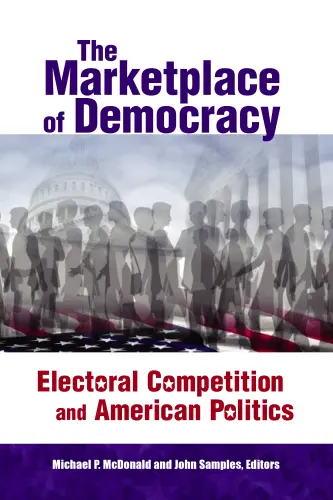
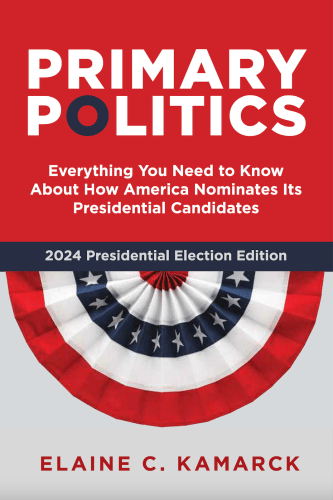




Commentary
Race for the Senate 2018: Five things to know ahead of Election Day
November 3, 2018